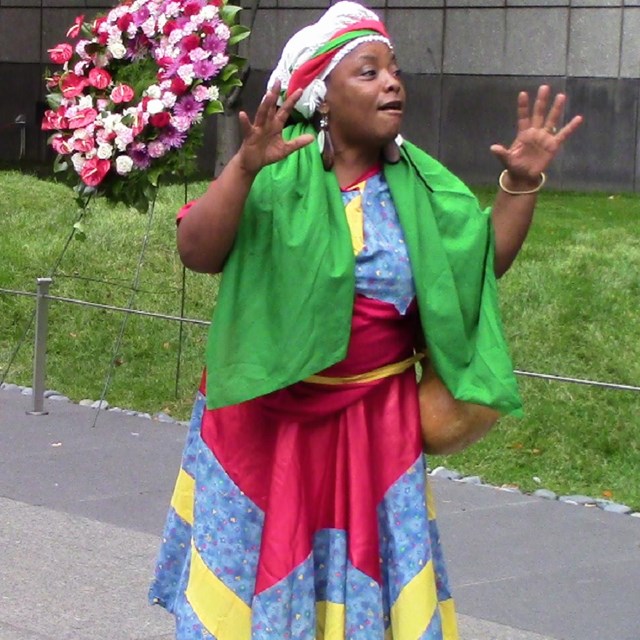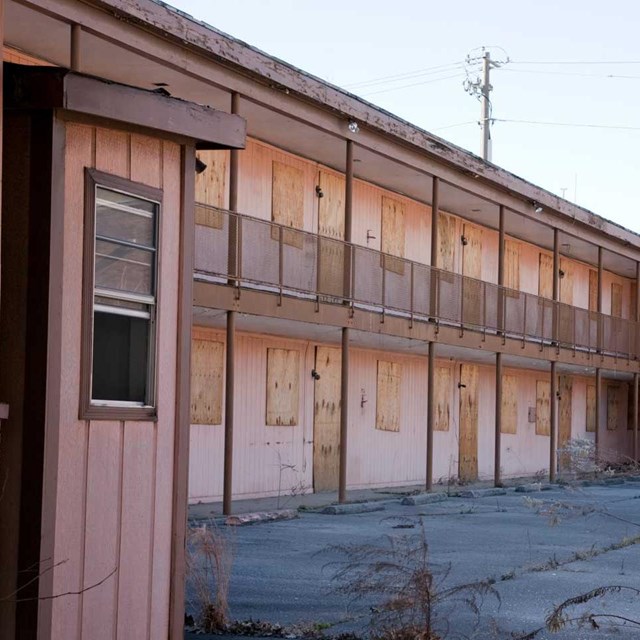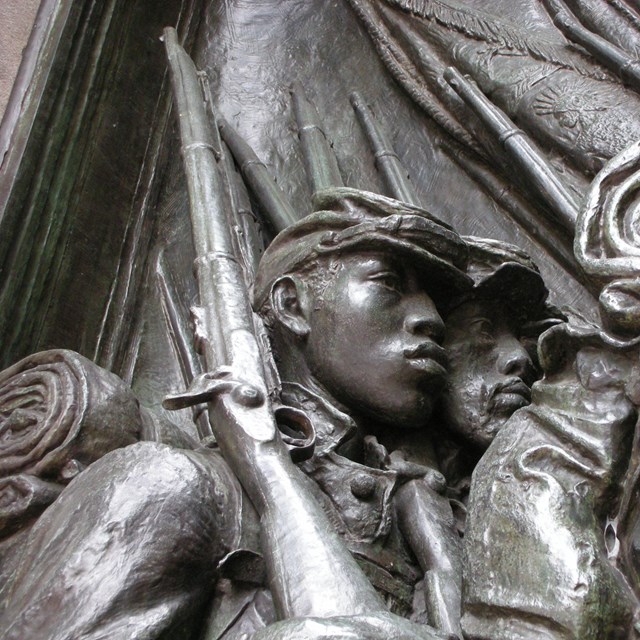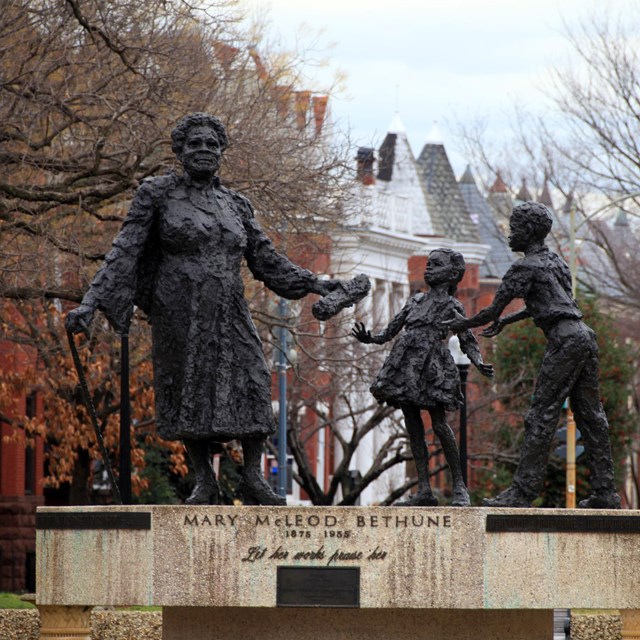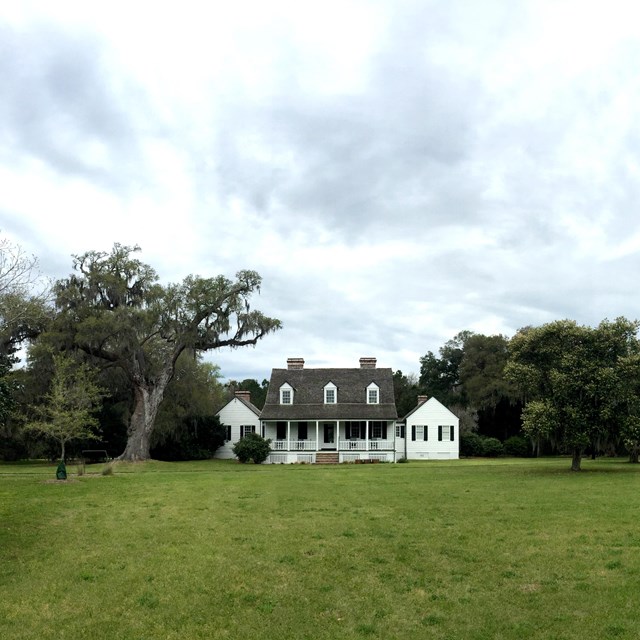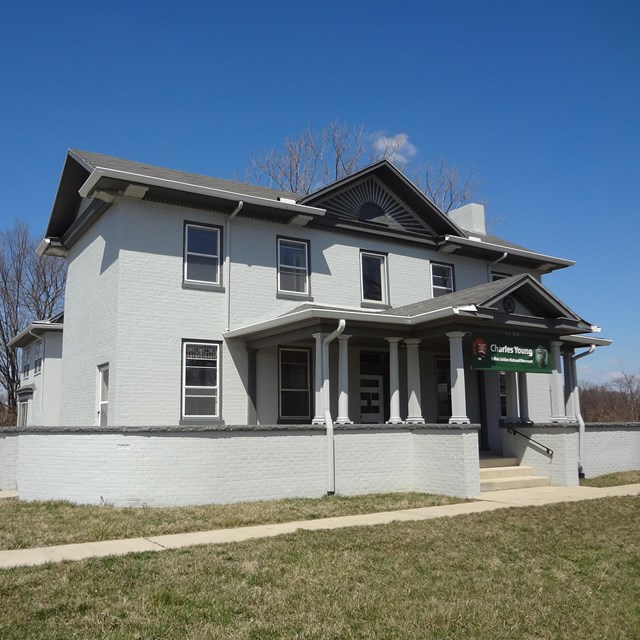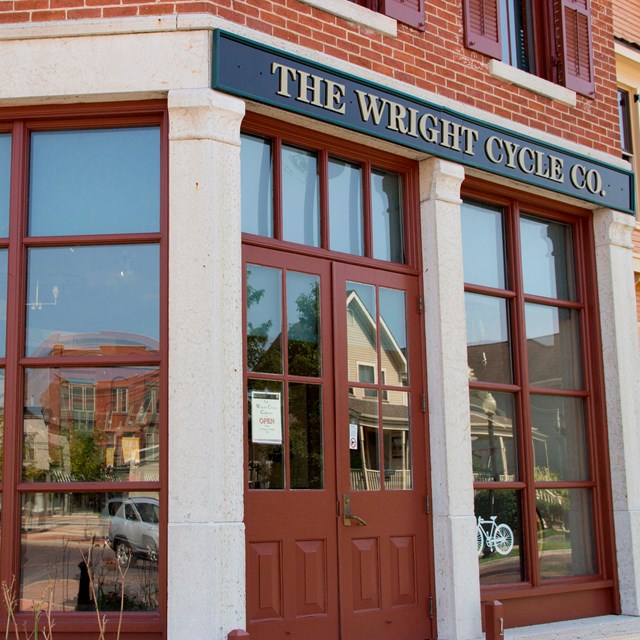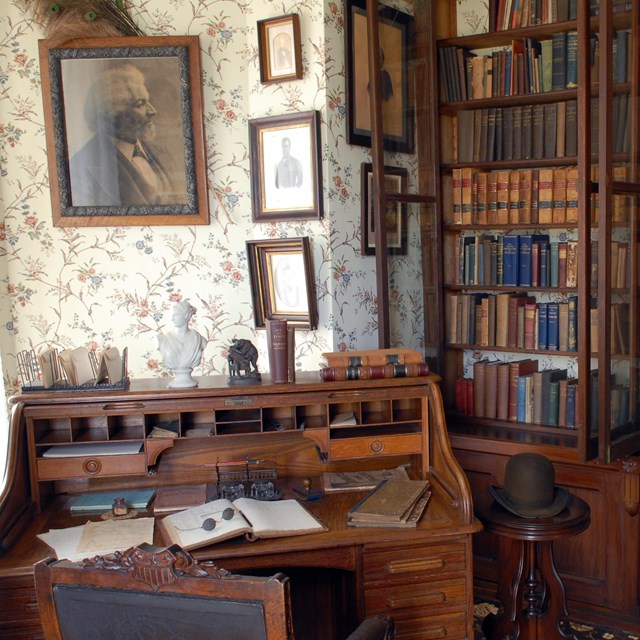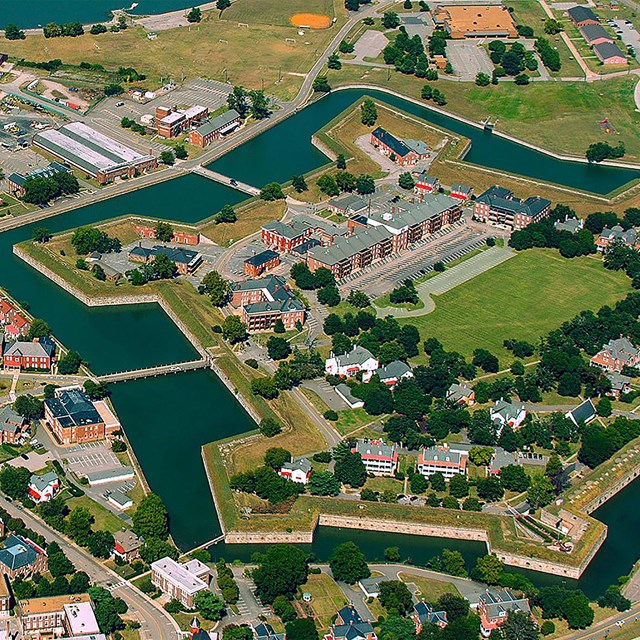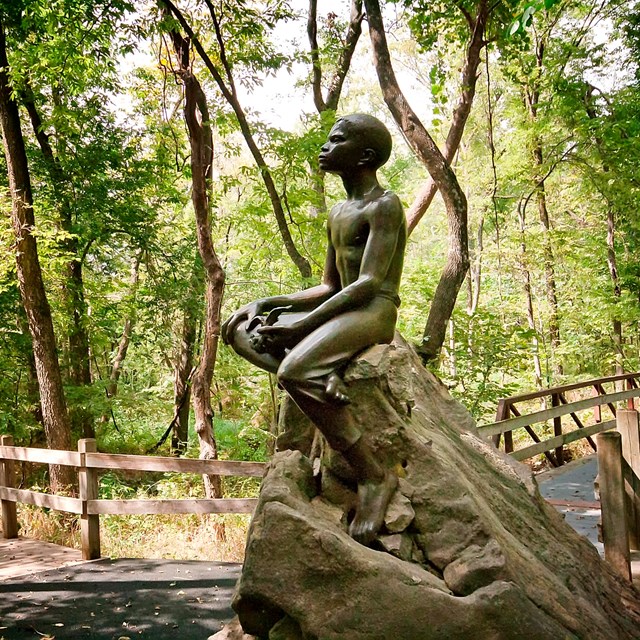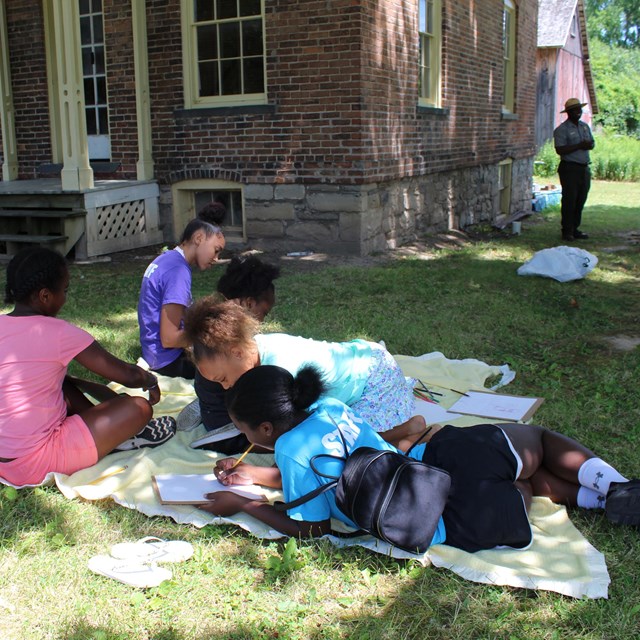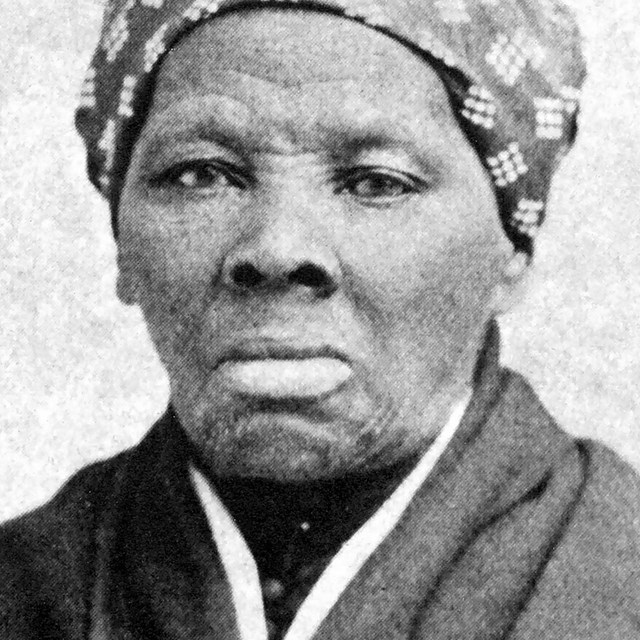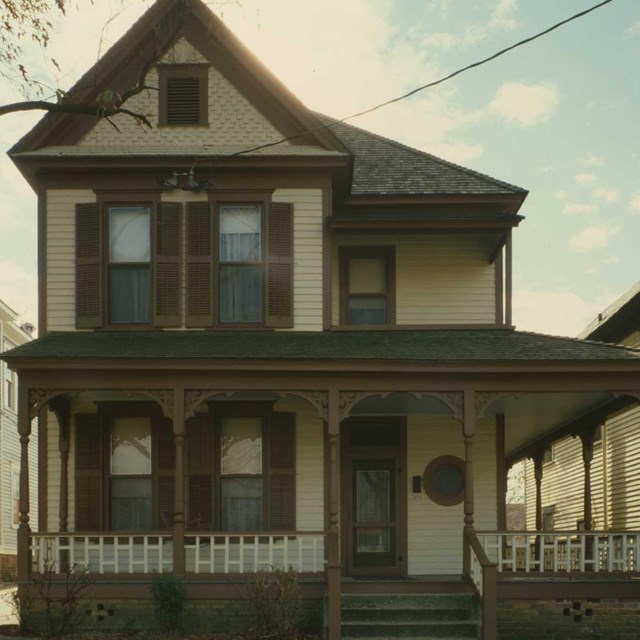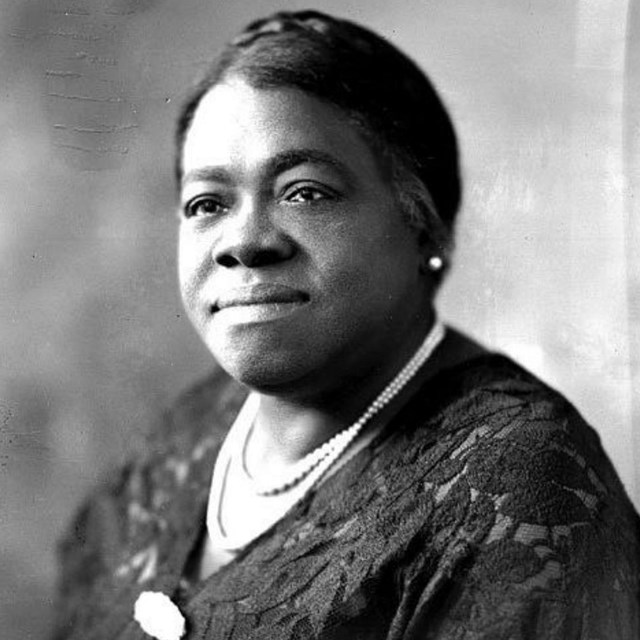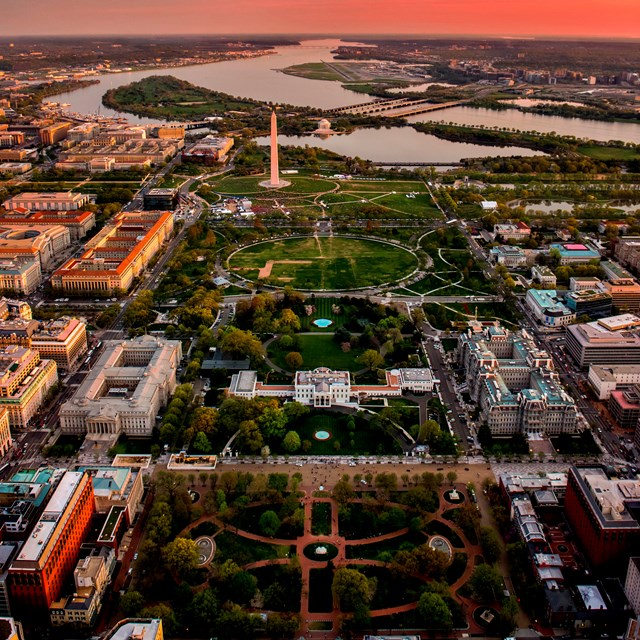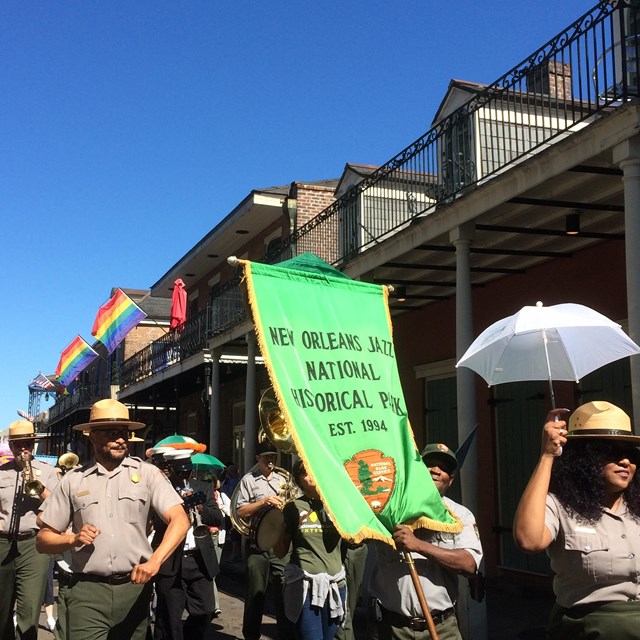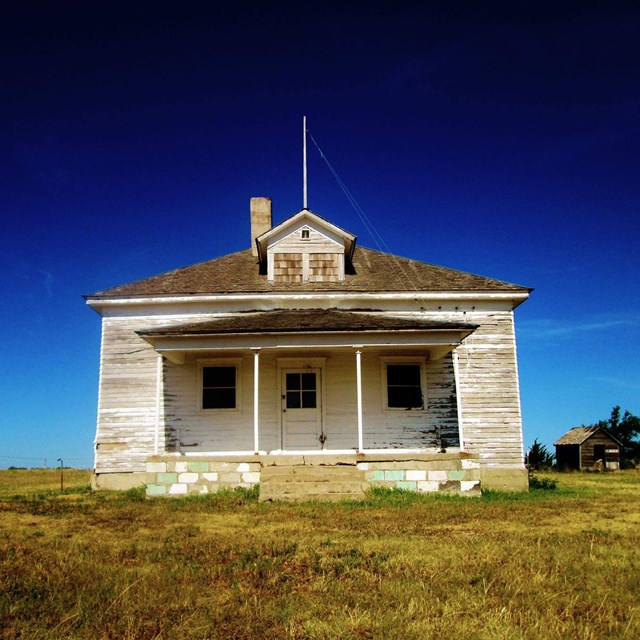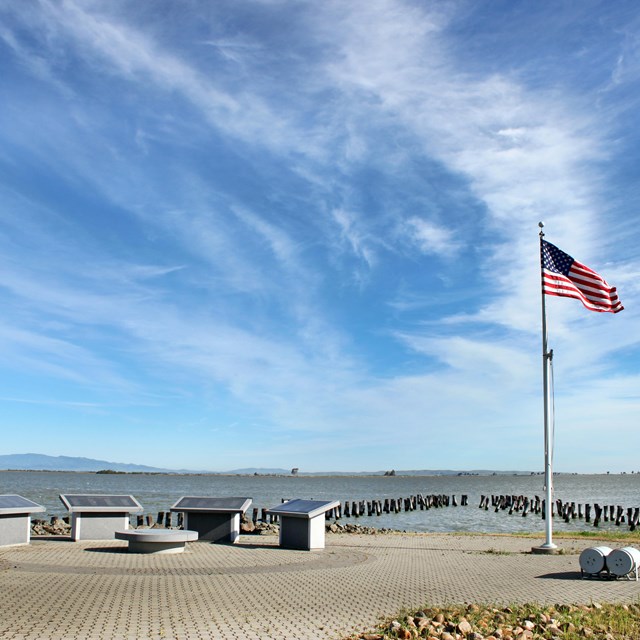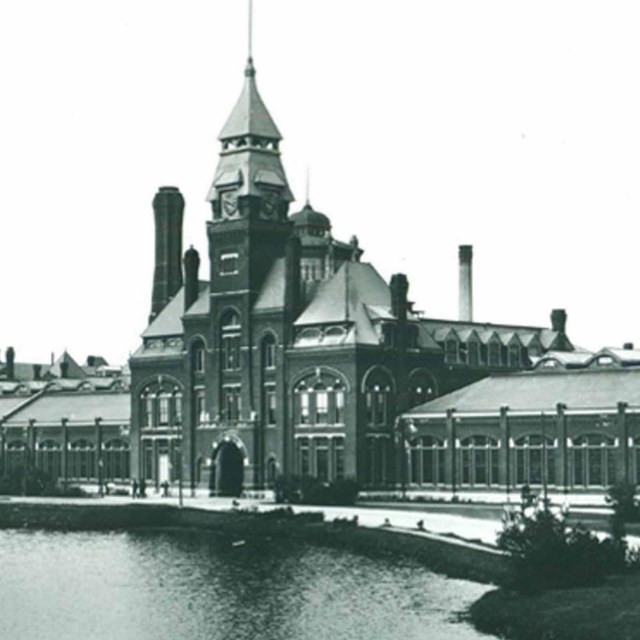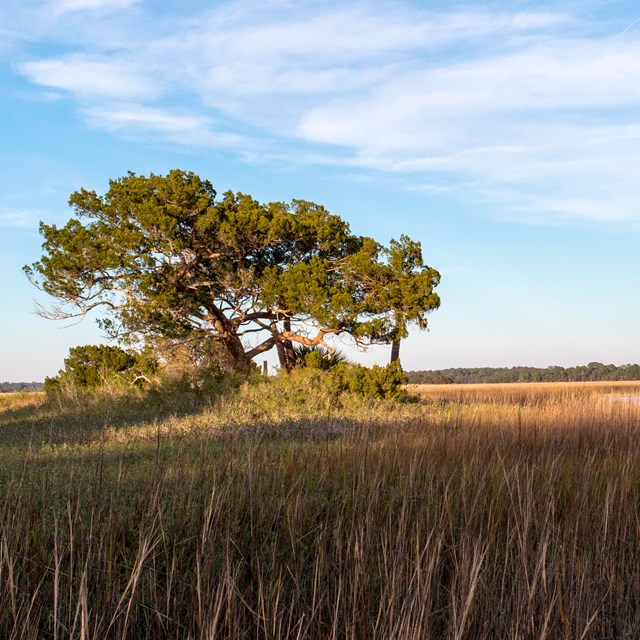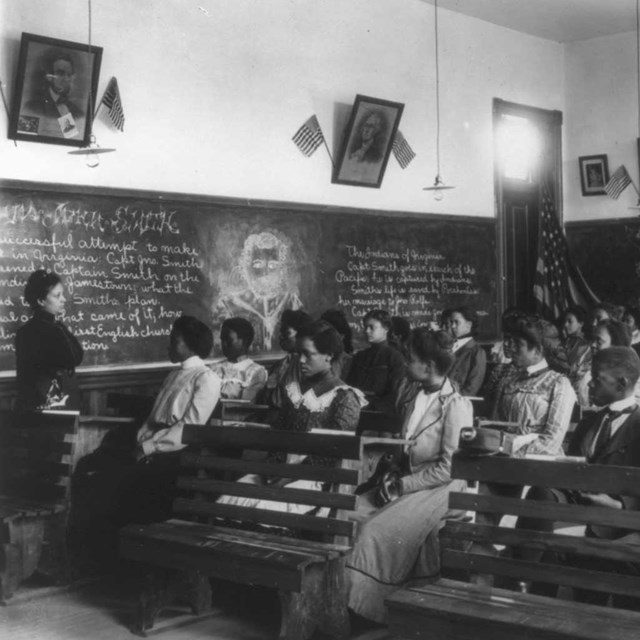America's national parks weave together a mosaic of African American history. A large patchwork of National Park Service sites were founded because of their pivotal places in history. Other sites highlight the untold stories—the no-less-important, every-day-remarkable stories of African Americans in history.
Plan your visit to these sites using the links below.
Plan your visit to these sites using the links below.
African American Heritage Sites
The Untold Stories
Though perhaps not the primary purpose for a park's founding, these National Park Service sites celebrate and honor the African American Stories within their boundaries and communities.- Allegheny Portage Railroad National Historic Site: The 36 mile stretch of the Main Line between Hollidaysburg and Johnstown known as the Allegheny Portage Railroad was also used by people escaping slavery as a transportation route.
- Amistad National Recreation Area: Seminole Canyon gets its name from the Seminole Negro Indian Scouts, garrisoned at Fort Clark in Brackettville. The scouts protected the West Texas frontier from marauding Apache and Comanche Indians between 1872 and 1914. In 26 missions resulting in 12 battles, no Seminole Negro Indian Scout was ever wounded or killed in combat, and 4 scouts earned the Congressional Medal of Honor.
- Andersonville National Historic Site: During the Civil War, the Union insisted that all prisoners, Black and white, be treated the same for exchange purposes. The Confederacy insisted that the Blacks be treated as runaway slaves and returned to their owners. Thus begins the story of African Americans incarcerated at Andersonville.
- Andrew Johnson National Historic Site: On October 24, 1864, then Military Governor Andrew Johnson freed all the slaves in Tennessee. He was a slave owner.
- Antietam National Battlefield: Five days after Antietam, Abraham Lincoln issued the Emancipation Proclamation
- Appomattox Court House National Historical Park: More than 5000 United States Colored Troops were involved in the fighting that took place on the morning of April 9, 1865, just west of the village, the Battle of Appomattox Court House, which trapped Lee's army and led to the surrender that afternoon.
- Arlington House, The Robert E. Lee Memorial: From its earliest days, Arlington House was home not only to the Custis and Lee families who occupied the mansion, but also to dozens of slaves who lived and labored on the estate. In 1863, Arlington Estate was designated as as site for a Freedmen’s Village, intended to be a model community for freedpersons. An archeological discovery at Arlington House in 2021 helped shed more light on the lives of the enslaved people who lived there.
- Biscayne National Park: For nearly a century the Jones family thrived on Porgy Key and other islands at the southern end of the park. That an initial $300 investment in land could turn into a total resale of nearly $1.5 million is all the more astonishing when one recognizes that most African-Americans living in the south in the early 20th-century were barely able to eke out a living, much less become millionaires.
- California National Historic Trail: Dr. Shirley Ann Wilson Moore, Professor of History at California State University, Sacramento, worked with the National Park Service, National Trails Intermountain Region to create this groundbreaking study about the African American emigrant experience on the Oregon, California and Mormon Pioneer national historic trails.
- Catoctin Mountain Park: African Americans influenced the Industrial Revolution in the Catoctin Mountains.
- Cedar Creek & Belle Grove National Historical Park: Learn about slavery in the Shenandoah Valley at this park.
- Christiansted National Historic Site: Learn about David Hamilton Jackson, an important figure in the struggle for workers' rights in the Danish West Indies and about the remarkable port town of Christianstead.
- Fort Davis National Historic Site: Henry Ossian Flipper arrived at Fort Davis on November 29, 1880. Born into slavery at Thomasville, Georgia on March 21, 1856, Flipper became the first African American graduate of West Point.
- Fort Donelson National Battlefield: A freedmen's community developed around the fort and five known and nine unknown soldiers from the United States Colored Troops are buried at the Fort Donelson National Cemetery.
- Fort Larned National Historic Site: On the morning of January 2, 1869 the all African-American members of Co. A, 10th US Cavalry stood before the smoldering ruins of what had been the Fort Larned cavalry stables. The fire had killed 39 of the company’s horses, and destroyed huge stores of hay and grain, as well as saddles, and ammunition. It had started in the early hours of the morning while the men of Co. A were a ½ mile away guarding the post woodpile. The reason they were there and not able to help put out the fire was the culmination of a series of racial incidents that began almost as soon as they arrived at the post in April of 1867.
- Fort Pulaski National Monument: Hundreds of former slaves gained their freedom at Fort Pulaski and Cockspur Island, which became a final destination, one of the most southern points, on the vast Underground Railroad network.
- Fort Scott National Historic Site: Kansas was the first Northern state to recruit, train, and send black soldiers into combat during the Civil War. Fort Scott served as the home base for both the 1stand 2nd Kansas Colored Infantry, with both regiments being mustered into federal service on Fort Scott's former parade ground.
- Fort Vancouver National Historic Site: In 1899, soldiers from the all African-American 'Buffalo Soldiers' Company B of the 24th Infantry were assigned to Vancouver Barracks.
- Fredericksburg & Spotsylvania National Military Park: Chatham Manor's enslaved population left their legacy on the land.
- Glen Echo Park: From its beginnings, Glen Echo Amusement Park enforced a strict segregation policy, allowing only whites to enter and enjoy the park grounds. In the summer of 1960, this unfair treatment was challenged by a group of brave individuals united by the common goal of equality and justice for all people, regardless of their color or creed. Their actions that summer would forever change Glen Echo Park and would mark a milestone in their own personal lives.
- Golden Gate National Recreation Area hosted the 9th Calvary regiment of 'Buffalo Soldiers.
- Homestead National Monument of America: Thousands of African-Americans made their way to Kansas and other Western states after Reconstruction. The Homestead Act and other liberal land laws offered blacks (in theory) the opportunity to escape the racism and oppression of the post-war South and become owners of their own tracts of private farmland.
- Hopewell Furnace National Historic Site: For the 112 year history of Hopewell Furnace (1771-1883), African-Americans played an important role in one of the area's most active industries.
- Lewis & Clark National Historic Trail: Little is known about the life of York. He was an enslaved man owned by William Clark, and later became a member of the Corps of Discovery.
- Mammoth Cave National Park: African Americans played a vital role in the development of cave tour routes and the visitor experience throughout the 19th and early 20th century. The first black guides were slaves and through their efforts opened up the golden age of cave exploration for Mammoth Cave.
- Monocacy National Battlefield: African-American slaves were instrumental in the development of the Monocacy are
- New Bedford Whaling National Historical Park: African Americans were employed on the whaling ships that left New Bedford.
- Petersburg National Battlefield: One of the greatest concentration of U.S. Colored Troops (USCT) during the Civil War was at Petersburg.
- Prince William Forest Park: Free African Americans had been present in Prince William County from its beginnings. The African-American Cole family seems to have been in the county since 1767. By the time of the first surviving U.S. Census for the area, dating to 1810, there was a sizable “mulatto” community in the Dumfries District. After the Civil War, many of those African Americans lived near the eastern boundary of the Park in a community called Batestown. The park was also home to summer camps in the 1930s that provided segregated camp facilites for urban African American youth from Washington, DC.
- Richmond National Battlefield Park: In the early morning hours of September 29, 1864, black troops, or United States Colored Troops (USCTs for short) charged the Rebel works at New Market Heights, VA. For their valor in this engagement, 14 USCTs received the Medal of Honor. Richmond National Battlefield tells the story of these men and the fateful morning of September 29, 1864
- Saint-Gaudens National Historic Site: Learn about the artist who created the infamous Shaw Memorial,
- Sequoia & Kings Canyon National Parks was home to Charles Young and the Buffalo Soldiers.
- Shiloh National Military Park: The Corinth Contraband Camp was established by the Union to accommodate these refugees. The camp featured numerous homes, a church, school and hospital.
- Valley Forge National Historical Park:The majority of the African-Americans who served in the Continental Army at Valley Forge, were in combat units, they manned positions in the outer defense lines and were on foraging parties.
- Vicksburg National Military Park: At Port Hudson in May of 1863, and Milliken's Bend the following month, African-Americans proved their mettle on the field of battle, thus quieting some of their harshest critics and winning the confidence of others. The contributions of those men and others like them who served both North and South during the Vicksburg campaign is commemorated on the grounds of Vicksburg National Military Park by the erection of the Mississippi African-American Monument.
- Yosemite National Park hosted the Buffalo Soldiers and continues to tell their stories today.
Last updated: February 3, 2022


